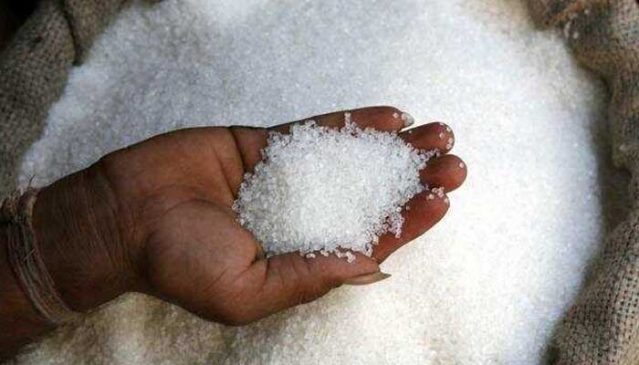Government has also started the process to allocate quotas for the next season, says a media report
Three months after the restrictions on sugar exports became effective from June 1, the government is likely to allow its exports in two tranches for the next season from October according to a Reuters report. It added that the government has also started the process to allocate quotas for the next season.
Unlike previous years, most likely the government will this time first allow 4 million to 5 million tonnes of exports in the first tranche and the rest in the second, the report said quoting a government official. It also said the country might allow exports of 7-8 million tonnes in the next season.
In May this year, India announced the imposition of restrictions on sugar exports, effective June 1. The move was primarily aimed at increasing the availability of the commodity in the domestic market and curbing price rise. The government has been taking several measures to facilitate lowering of prices of commodities in the domestic markets amid an unprecedented rise in inflation fuelled by geopolitical tensions among other reasons.
In sugar seasons 2017-18, 2018-19 and 2019-20, only about 6.2 LMT (lakh metric tonnes), 38 LMT and 59.60 LMT of sugar was exported. However, in the sugar season 2020-21, about 70 LMT have been exported against a target of 60 LMT. The government has expressed its concerns regarding this and said that the move to restrict sugar export was aimed at safeguarding the interests of consumers and keep the prices in check.
Before the sugar ban, the government also put curbs on the exports of wheat. It came against the backdrop of a price rise in India due to global supply disruptions amid the Russia-Ukraine war.
Last week, the Cabinet Committee on Economic Affairs (CCEA), chaired by Prime Minister Narendra Modi, approved the proposal to amend the policy of exemption for wheat or meslin flour. The move will now allow putting restrictions on the export of wheat flour, which will ensure a curb on rising prices of wheat flour in the country.
The restrictions on wheat exports led to an increase in demand for the country’s wheat flour in the foreign market. The increased demand for wheat flour in the international market led to a significant price rise of wheat flour in the domestic market.
Russia and Ukraine are the major exporters of wheat accounting for about a fourth of the global wheat trade. The conflict between them led to the global wheat supply chain disruptions increasing the demand for Indian wheat. As a result, the price of wheat in the domestic market showed an increase. In order to ensure the food security of 1.4 billion people of the country, the decision was taken to put a prohibition on the export of wheat in May 2022.





































